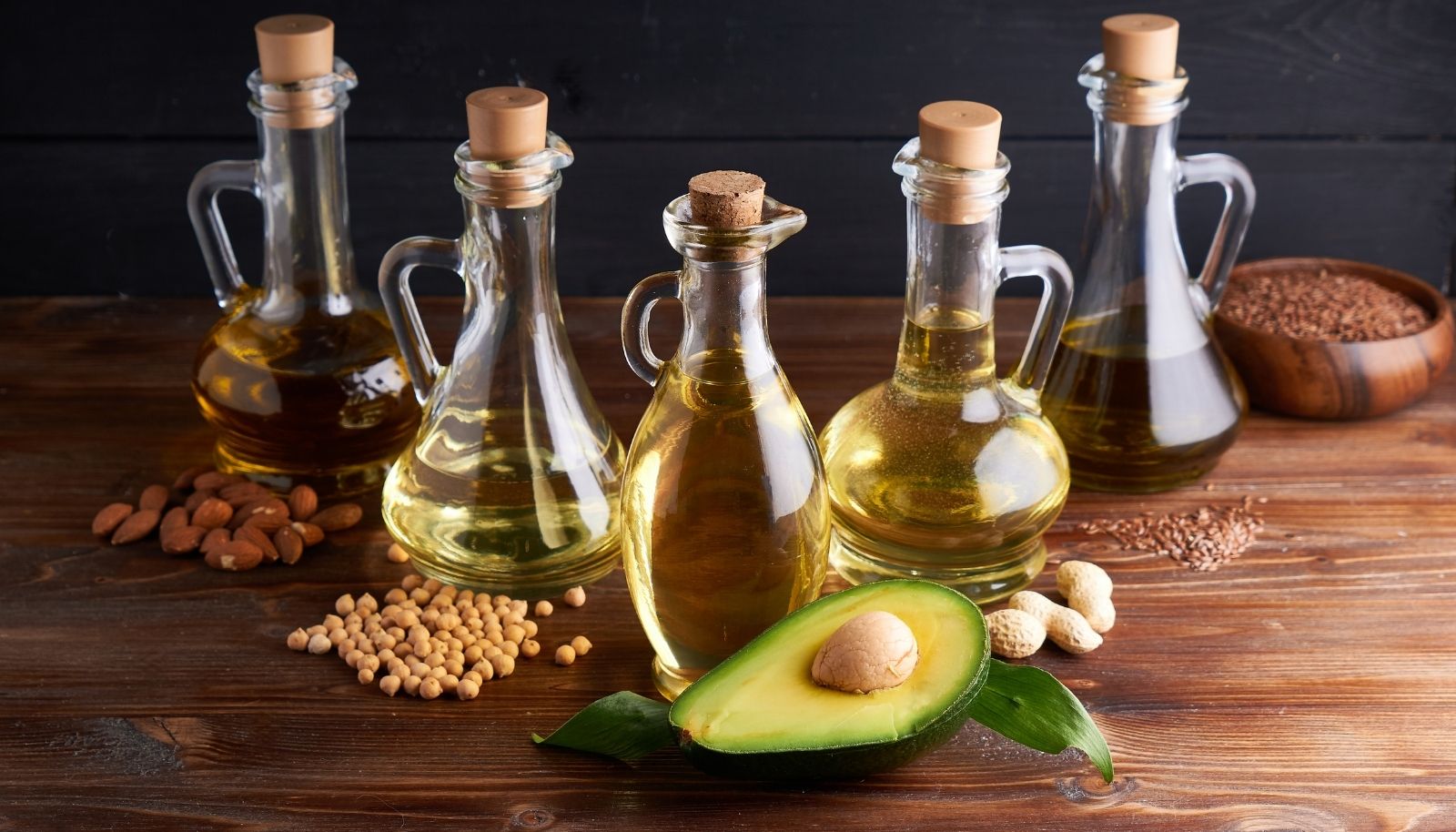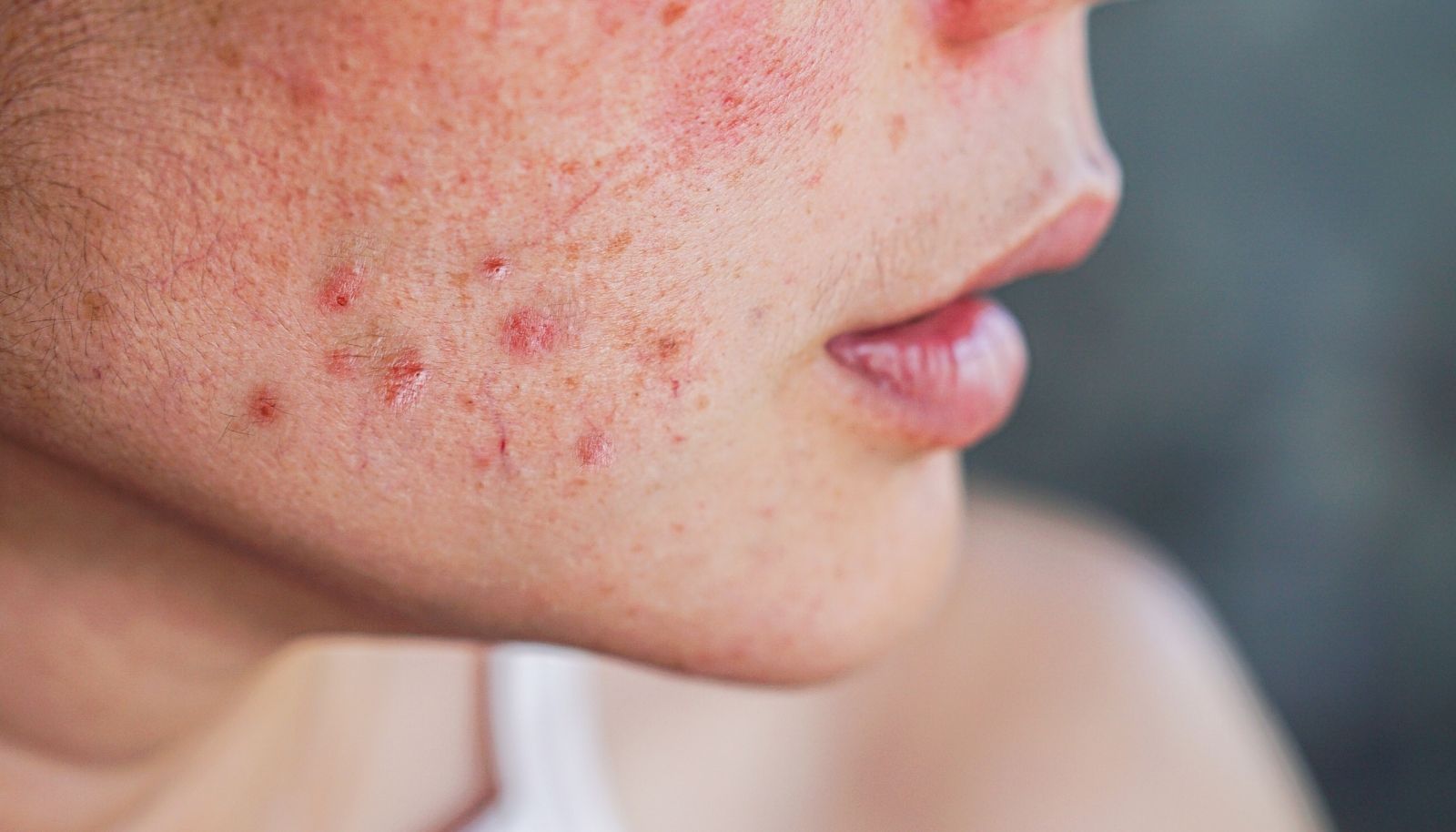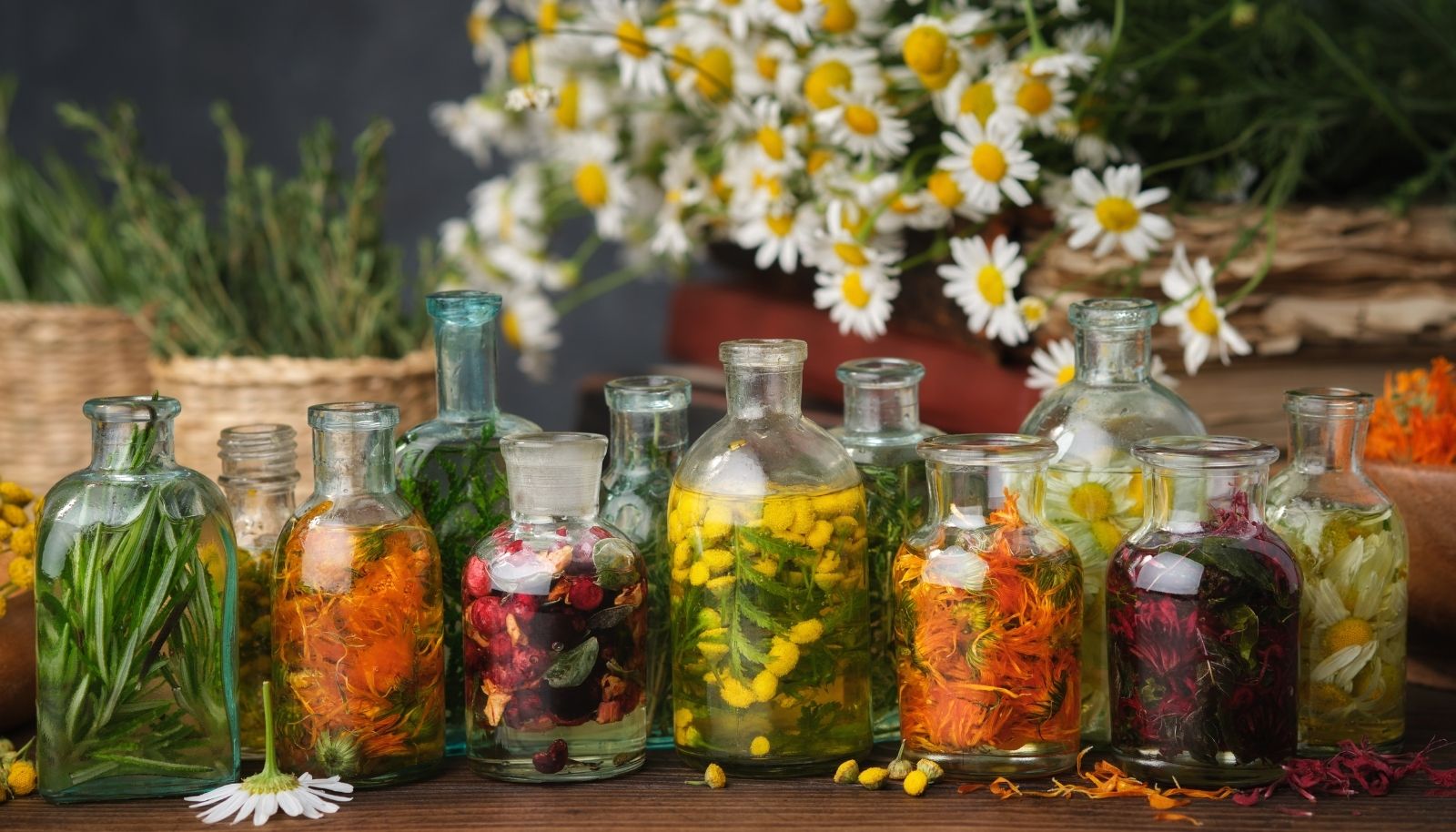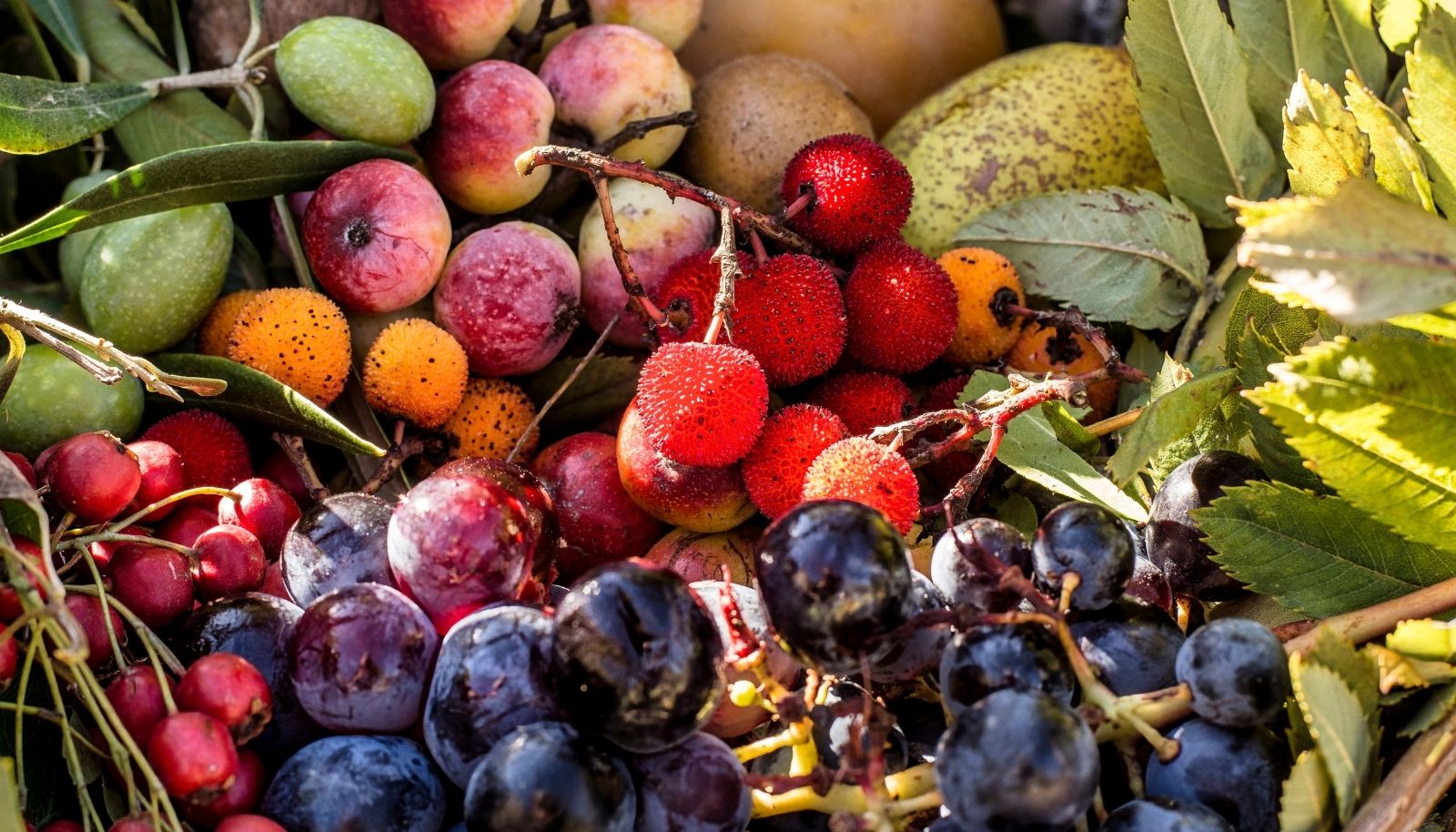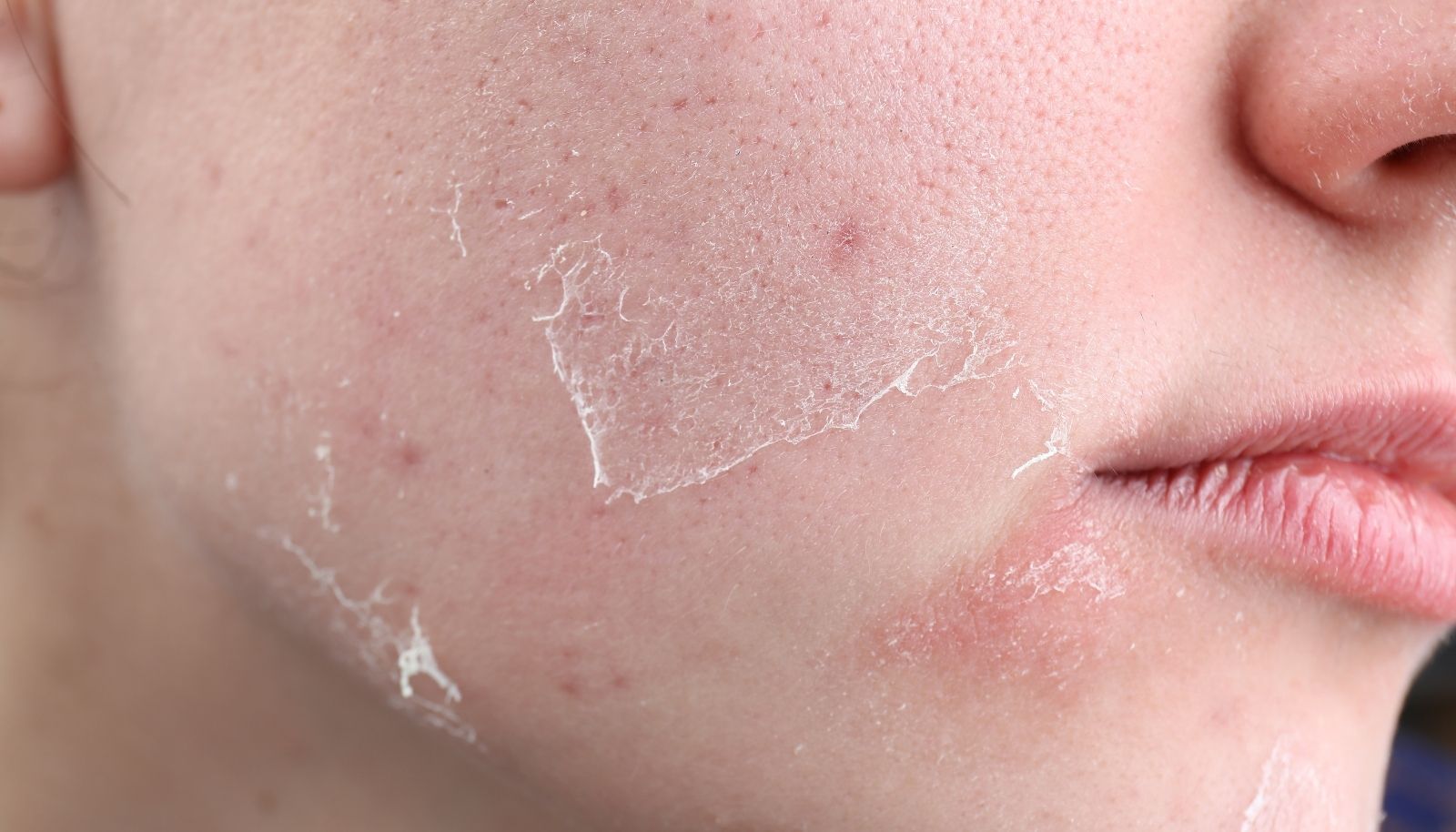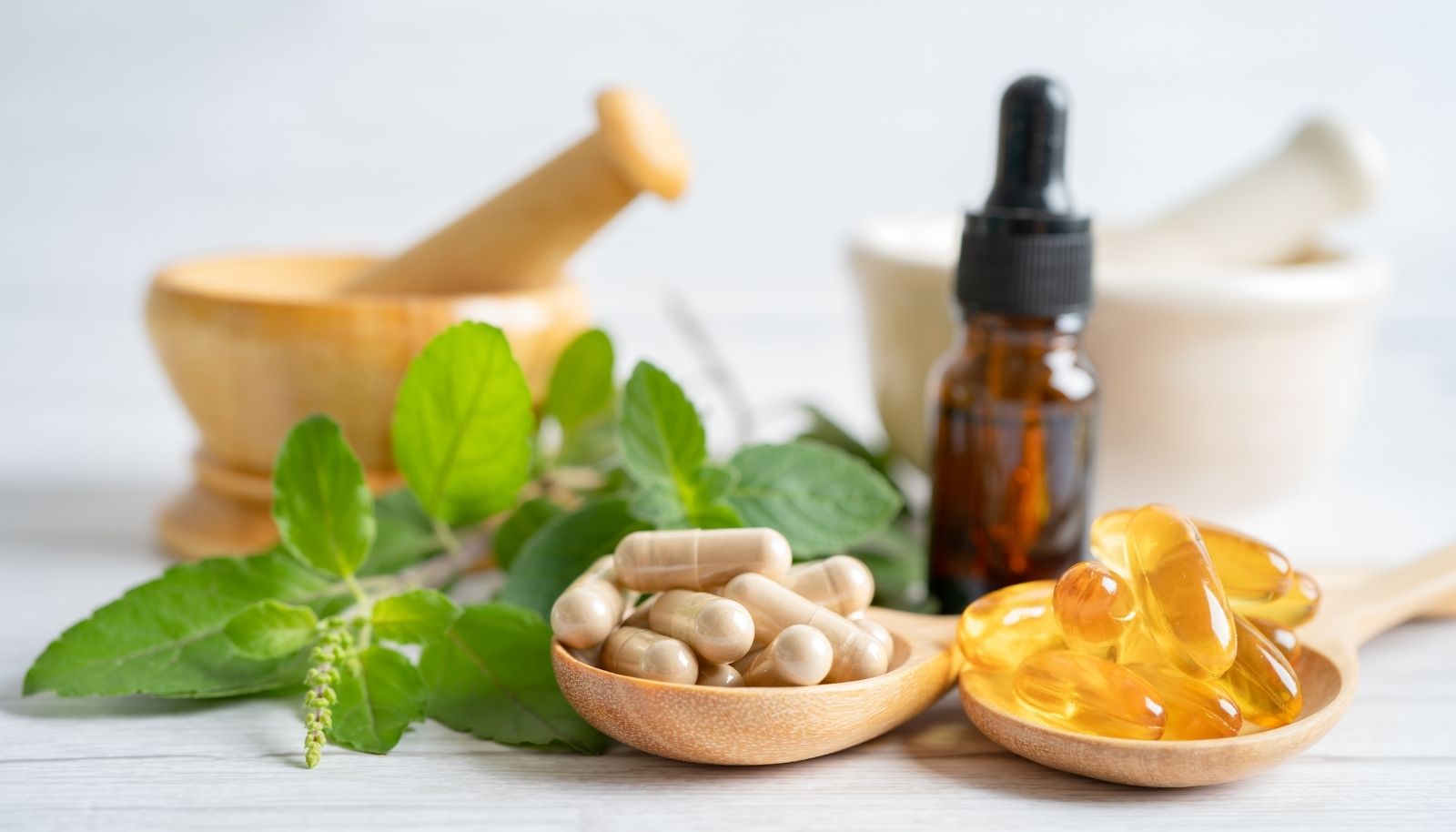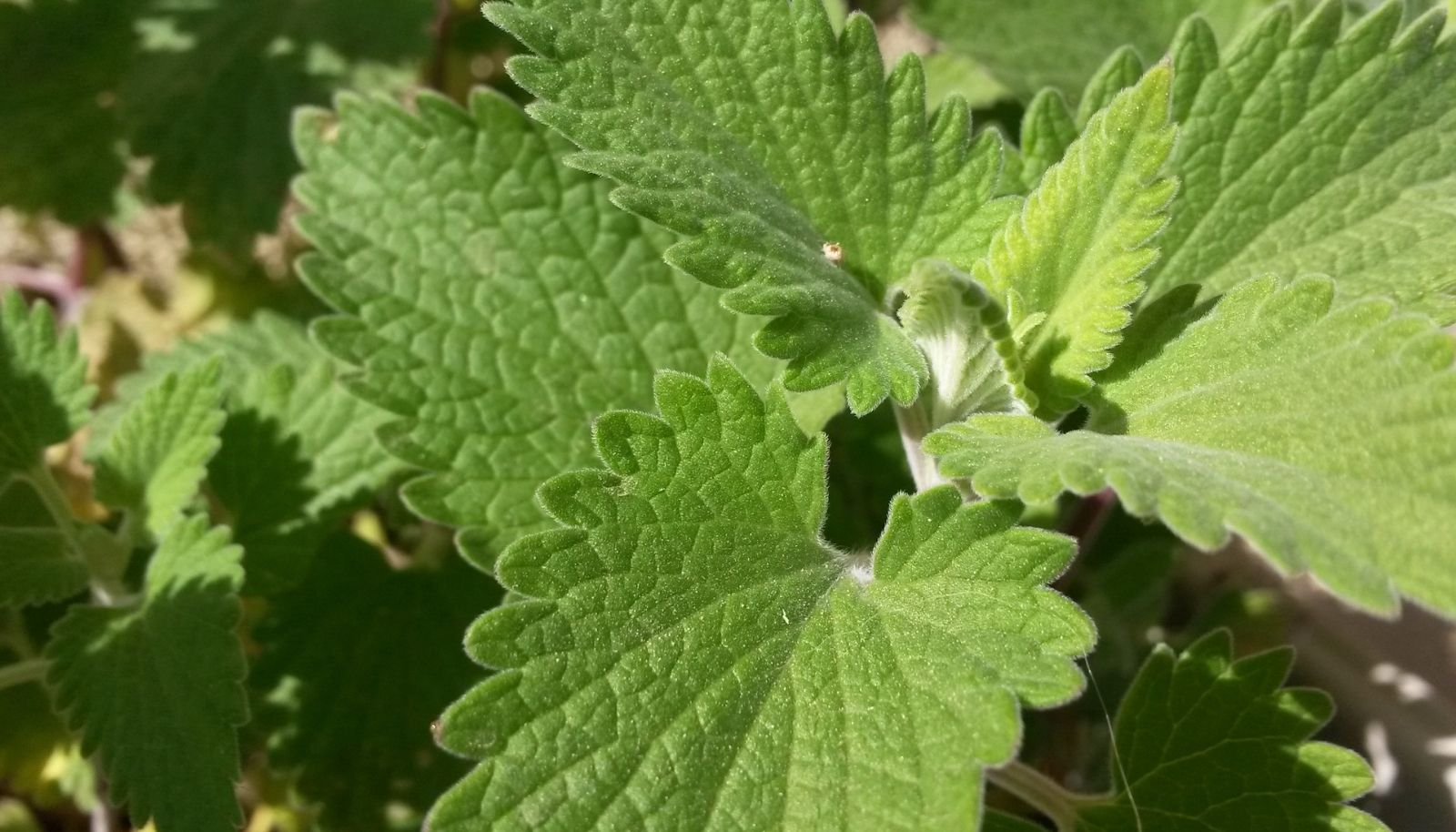
Valerian, from the Caprifoliaceae (honeysuckle) family, is a perennial herbaceous plant native to Europe, parts of Asia, and North America. It typically grows 50–150 cm tall. Its rhizome is short, thick, and horizontal, with many thin rootlets that emit a strong and unpleasant odor, known to attract cats. The stem is erect, hollow, and can be slightly hairy. Leaves are opposite and pinnately compound, with serrated margins and pointed tips. Flowers bloom between June and August, forming dense corymb inflorescences with a pleasant scent, especially in the evening. They are hermaphroditic and produce achenes with pappus structures, enabling wind dispersal.
Valerian prefers moist, humus-rich soils and thrives in temperate climates, especially in forest clearings and wet meadows. Propagation is primarily via seeds sown in early spring (March–April), with germination in 15–20 days. Transplanting occurs 6–8 weeks after seedling growth. Vegetative propagation through rhizome division is also practiced, particularly for preserving high-quality specimens. Plants are harvested in the second autumn, with roots washed and dried in well-ventilated shade (max 60°C). Yields range from 400–600 kg/ha of dried roots.
At Greenext, we prioritize purity and sustainability in the production of Valeriana officinalis extracts. With globally recognized COSMOS and NOP certifications, and our traceable SUCCESS CHAIN model, we ensure ethical sourcing and high bioactivity. Our R&D team formulates customized valerian-based ingredients to support natural calming product lines across wellness and skincare sectors.
